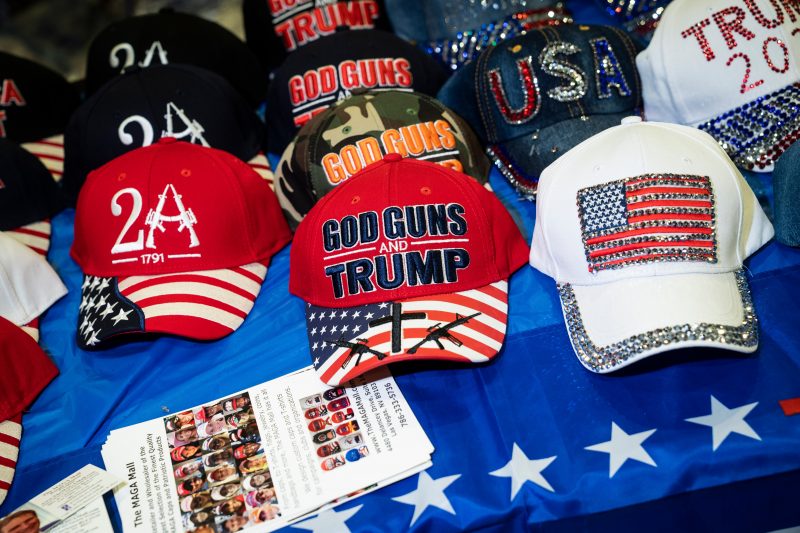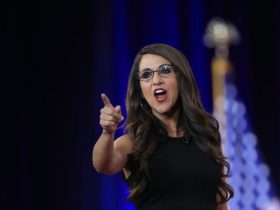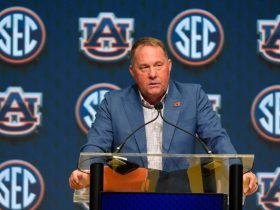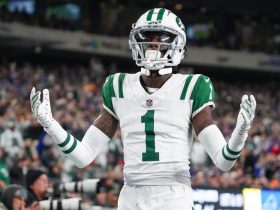One could forgive Americans for not being able to pigeonhole Donald Trump’s politics on, say, June 1, 2015. The celebrity business executive had spent years focusing mostly on his thoughts about making money and not his opinions on public policy. Trump himself bounced between parties and voted sporadically, so this wasn’t a surprise.
Sure, he had become a subject of mockery for his efforts to cast Barack Obama as having been born outside the United States, and, sure, he had a regular gig on “Fox & Friends” offering his thoughts on things, but this wasn’t really what he was known for.
Then he announced his candidacy and began talking about politics a lot. He served as president and made very clear where his political predilections were. Once out of office, he still hammered on the same points, over and over, transitioning seamlessly back into campaign mode last November.
And yet. Polling from YouGov conducted for the Economist this month finds that 1 in 5 Americans don’t know how to categorize his ideology. A quarter of Americans say that he’s liberal or moderate.
Before I dig into the numbers, I will admit that this may, in part, be a function of Trump’s unusual politics. Some of those who say they don’t know his ideology may be grappling with the fact that he isn’t “conservative” in the sense that former House speaker Paul D. Ryan (R-Wis.) was. But he has folded the fringe-right into the Republican establishment, effectively redefining “conservative” for his party.
Besides, 1 in 8 respondents said they didn’t know President Biden’s ideology, which suggests that a lot of this is probably people just not paying that much attention.
Interestingly, the percentage of people without a clear grasp of Trump’s ideology has been pretty steady over time. Republicans — the group one might expect to introduce more nebulousness about the strains of conservatism — have been less probable to say they don’t know what ideology Trump holds. Other Americans are less clear.
(These aren’t all of YouGov’s polls, by the way. I chose a few that seemed representative: after his announcement in 2015, right after the 2016 election, at the time of the 2018 and 2020 contests, after the Capitol riot in 2021 and the most recent poll.)
Let’s slice the quarter of the population who doesn’t have an opinion about Trump’s ideology out of the picture. Among those who do have a perception of his ideology, you can see that those views have shifted toward conservatism over time. In November 2016, right after Trump was elected, nearly half the country said he was liberal or moderate — a view that no doubt aided his election, as some people assumed they were backing a guy who wasn’t a hard-right ideologue. Among independents, you’ll notice, more than half viewed him that way.
After he took office, though, that perception faded. In 2020, he was seen as particularly conservative across the board.
With the exception of the period around the 2020 election, perceptions of Trump have been pretty consistent since 2018. Which means that in the aftermath of the Capitol riot and this month, nearly a third of Americans with an opinion said they thought he was moderate or liberal. Among independents, it’s been more than a third. Among moderates, about half of those with an opinion think he’s a moderate or liberal.
There is probably no one in this nation who would find this more baffling than Donald Trump. The guy’s worked for eight years to present himself as the savior of the American right … but even a quarter of his party sees him as a moderate or (in his view) worse?
He’ll just have to try harder, I guess.








